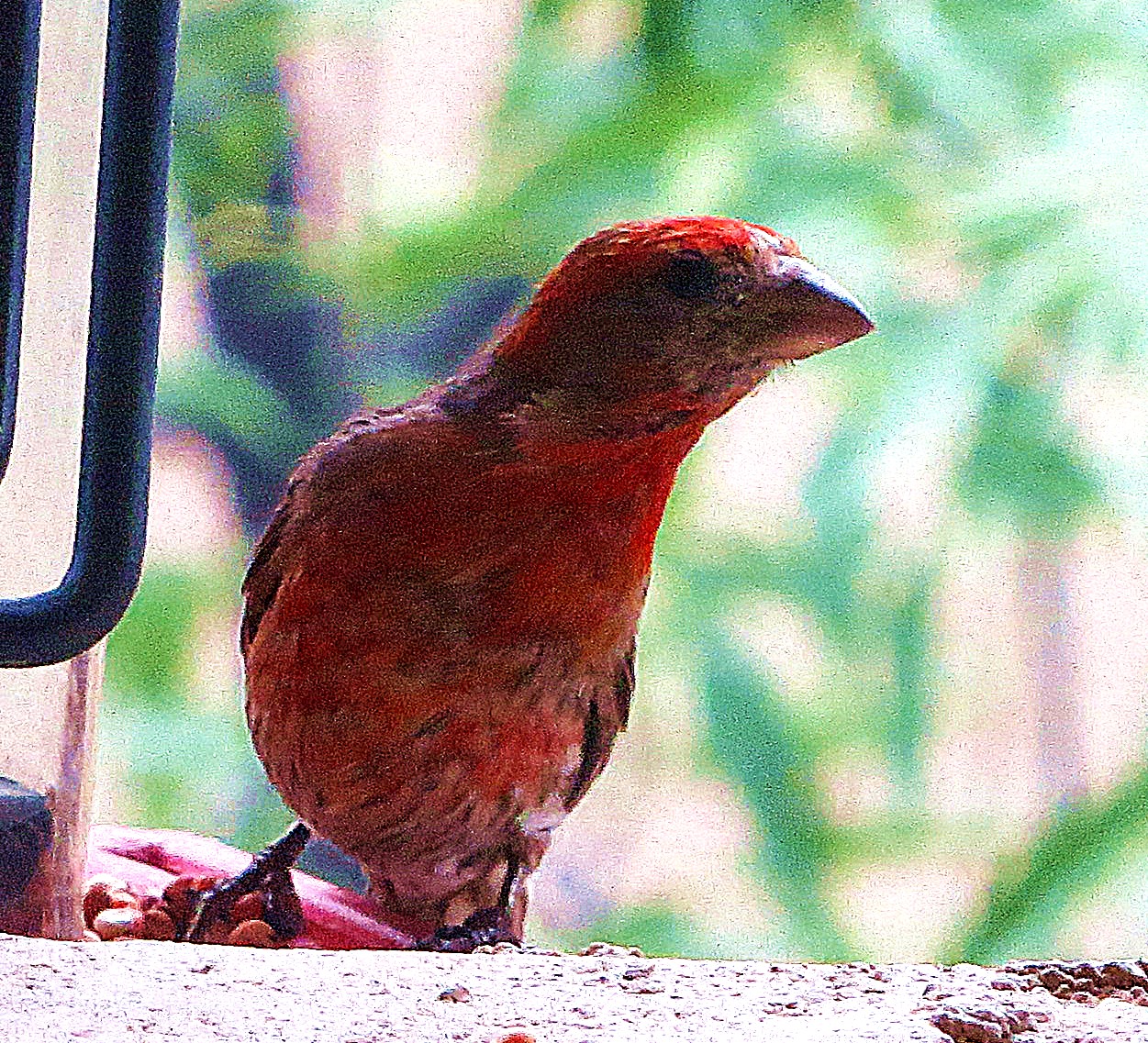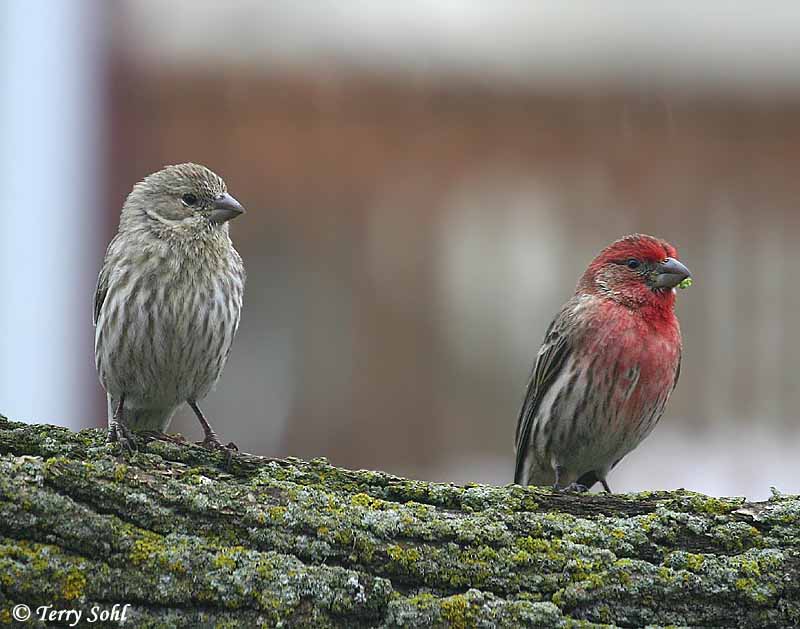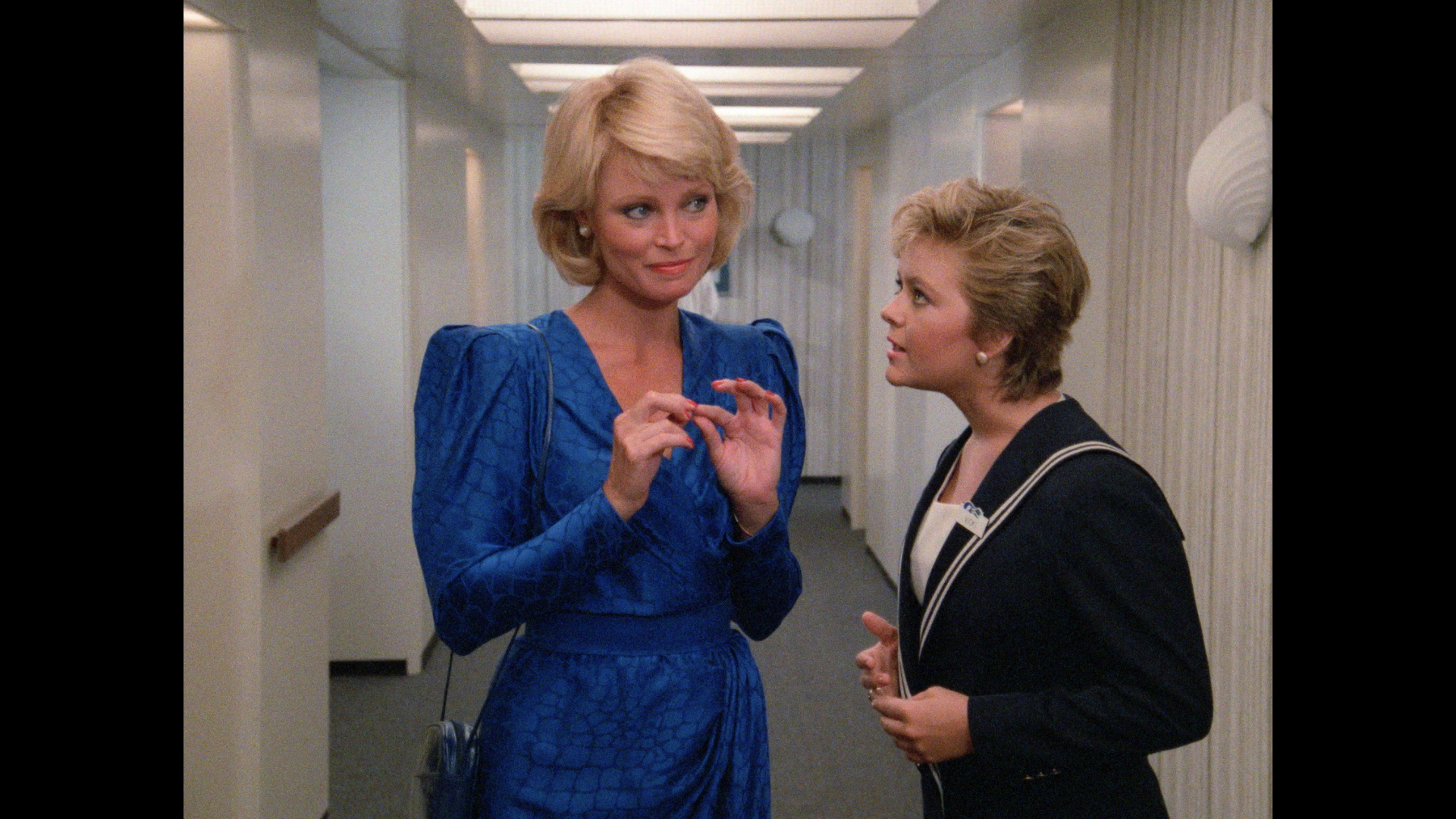Table Of Content
The House finch (Haemorhous mexicanus) is a North American bird in the finch family. There are estimated to be 40 million house finches across North America, making it the second-most populous finch, just behind the American goldfinch. The house finch and the other two American rosefinches are placed in the genus Haemorhous.
How to Identify a House Finch Songbird
Male House Finches usually have a streak of brown on their underbellies. The red on the male House Finch is much brighter and more noticeable. Humans tried to test this in the 1980’s and it ended up spreading this species across the eastern United States! In fact, in most places it is illegal to own one as a pet.
Do house finches nest in the same place every year?
Once the brooding period has ended, the female’s role slowly declines. Before the current clutch leaves the nest, she begins preparing for the next brood. Unlike many other birds who switch their eating habits in spring and summer, Finches are vegetarians all year. The young will leave the nest in about 11 to 17 days after hatching. The female lays 2 to 6 bluish eggs that are finely speckling. Incubation is done by the female and the eggs will hatch in 12 to 14 days.
House finches Wild Wny buffalospree.com - buffalospree.com
House finches Wild Wny buffalospree.com.
Posted: Thu, 01 Apr 2021 07:00:00 GMT [source]
Range & Identification
Our mission is to educate people about songbirds and provide the best resources to help them identify them and contribute to conservation efforts. This bird species starts its breeding season in March and lasts through to August. Even in suburban areas, House Finches have a long list of predators attracted to their red feathers.
Get the best of Birdfact
With the adaptability of this species to suburban and farm situations, it should be present in Texas for many years. The nesting habits of these two birds are completely different. House finches nest on the edges of open areas, sometimes on street lamps or in ivy on the sides of buildings. Purple finches nest primarily in forest conifers or dense shrubs, and at times in landscaped areas with trees.
Why Male House Finches Can Be Different Colors - National Audubon Society
Why Male House Finches Can Be Different Colors.
Posted: Mon, 13 Mar 2017 07:00:00 GMT [source]
“Is this new bird in my backyard a house finch or a purple finch,” asks Jim Gordon of Dassel, Minnesota. Bird watchers can easily attract this bird to feeders by offering Black-oil Sunflower, safflower, and nyjer seeds. It is delivered by the males during the breeding season to attract mates and establish territories. If you live in the East and love watching finches at your feeders, thank a 1940s pet shop owner (and the National Audubon Society for banning the sale of these birds). All three species share the taxonomic genus Haemorhous, and the little birds are collectively referred to as American Rosefinches. These little birds live throughout a large portion of North America.
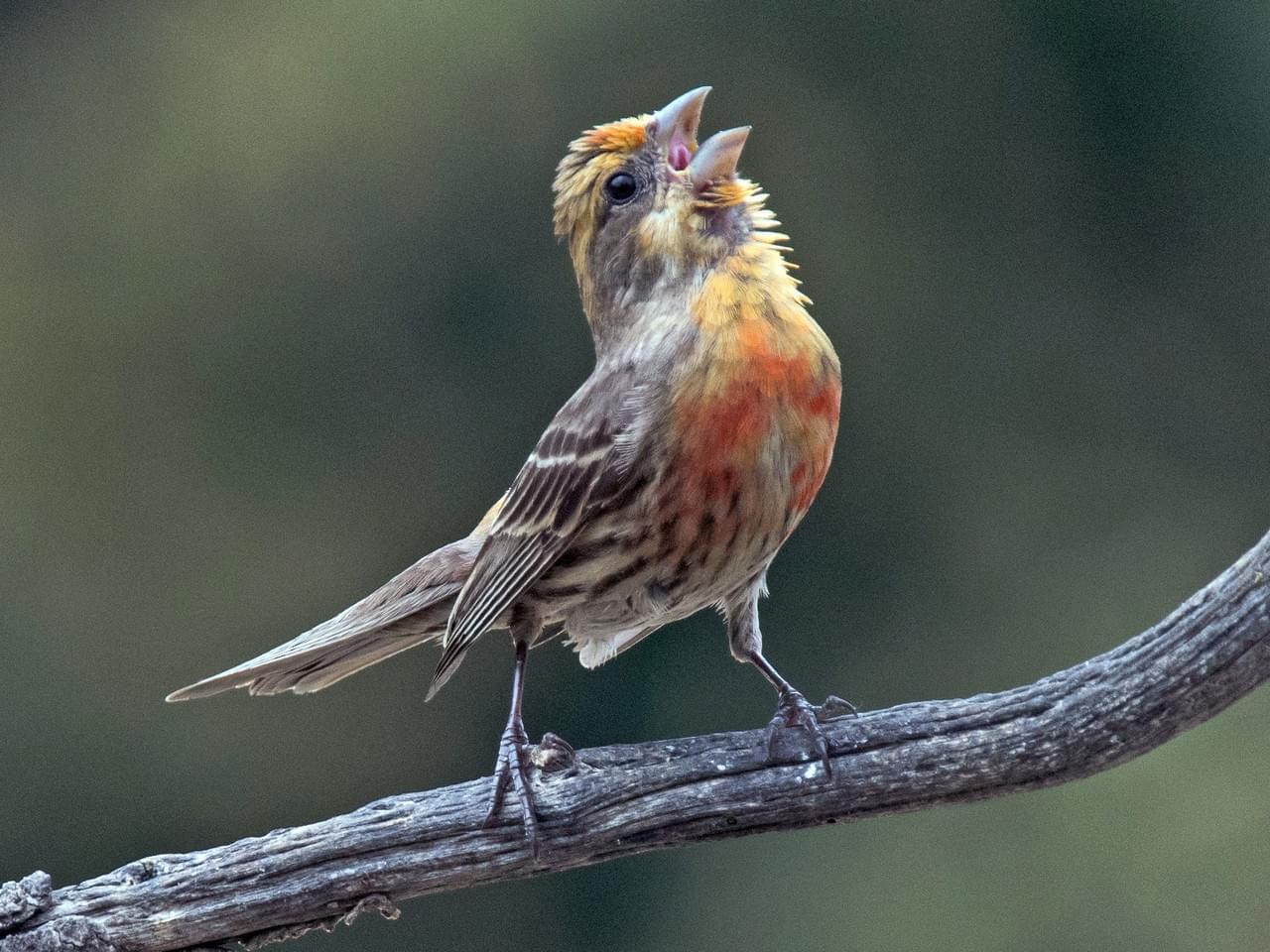
If you are interested in attracting the house finch to your backyard or want to know more about the bird's nesting habits and behavior, read on! We will discuss the most commonly asked questions about house finch nesting in this complete guide. House Finches have bright red-orange to red plumage on their head with brown feathers on their wings and sometimes face. Purple Finches have a dark pink or reddish hue that goes down towards their white bellies. 2.) In their native range, House Finches live in desert, grassland, shrubland, and open woodland environments, as well as near human dwellings and cities.
Nesting Habits What the Nest Looks Like
Outside of the breeding season flocks of these finches can easily reach into the hundreds or more. Flocks roost together, and break off into smaller groups to forage for food. House Finches are common year round in human-altered areas throughout Washington. They are typically absent from montane forests and open, non-agricultural range. Their distribution is strongly correlated with the presence of bird feeders.
North American Range Map
The House Finch nest is cup-shaped and made of twigs, grasses, and leaves. One interesting detail is that the males will defend the female they're mated with and not defend any territory. However, their mild nature and bright red feathers make them welcome additions to the Eastern community. House Finch eggs are pale blue or white with tiny black and light purple flecks. However, life in the wild is dangerous, and many may not live to see their 11th birthday. Things like available food sources, cold winters, and predators cut the lifespan of the House Finch short.
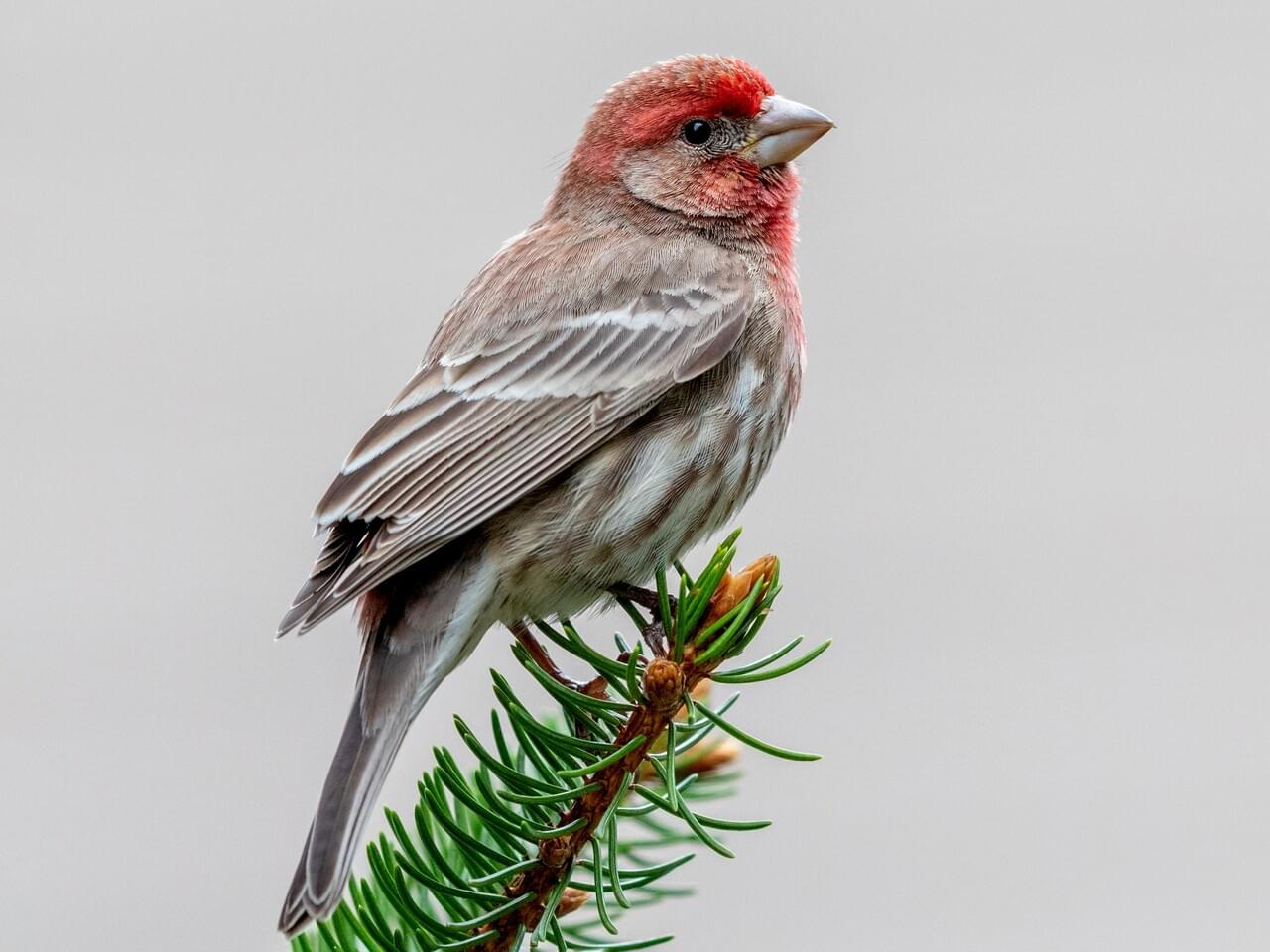
Their closest relatives are the Cassin’s Finch and the Purple Finch. Throughout their range, many House Finch populations migrate, either short distances latitudinally or altitudinally. Before 1945, populations of House Finches in the Okanogan Valley migrated south, but since 1945, House Finches in this area have been resident. The vast majority of the House Finch's diet is vegetable matter--seeds, buds, berries, and nectar. They eat a few small insects, especially aphids, but are primarily seed- and fruit-eaters at all times of the year.
Find out more about what this bird likes to eat and what feeder is best by using the Project FeederWatch Common Feeder Birds bird list. You can find House Finches by looking around settled habitats, such as city parks, urban centers, residential backyards, farms, and forest edges. Gregarious and social, House Finches are found in noisy groups that are hard to miss if present.
